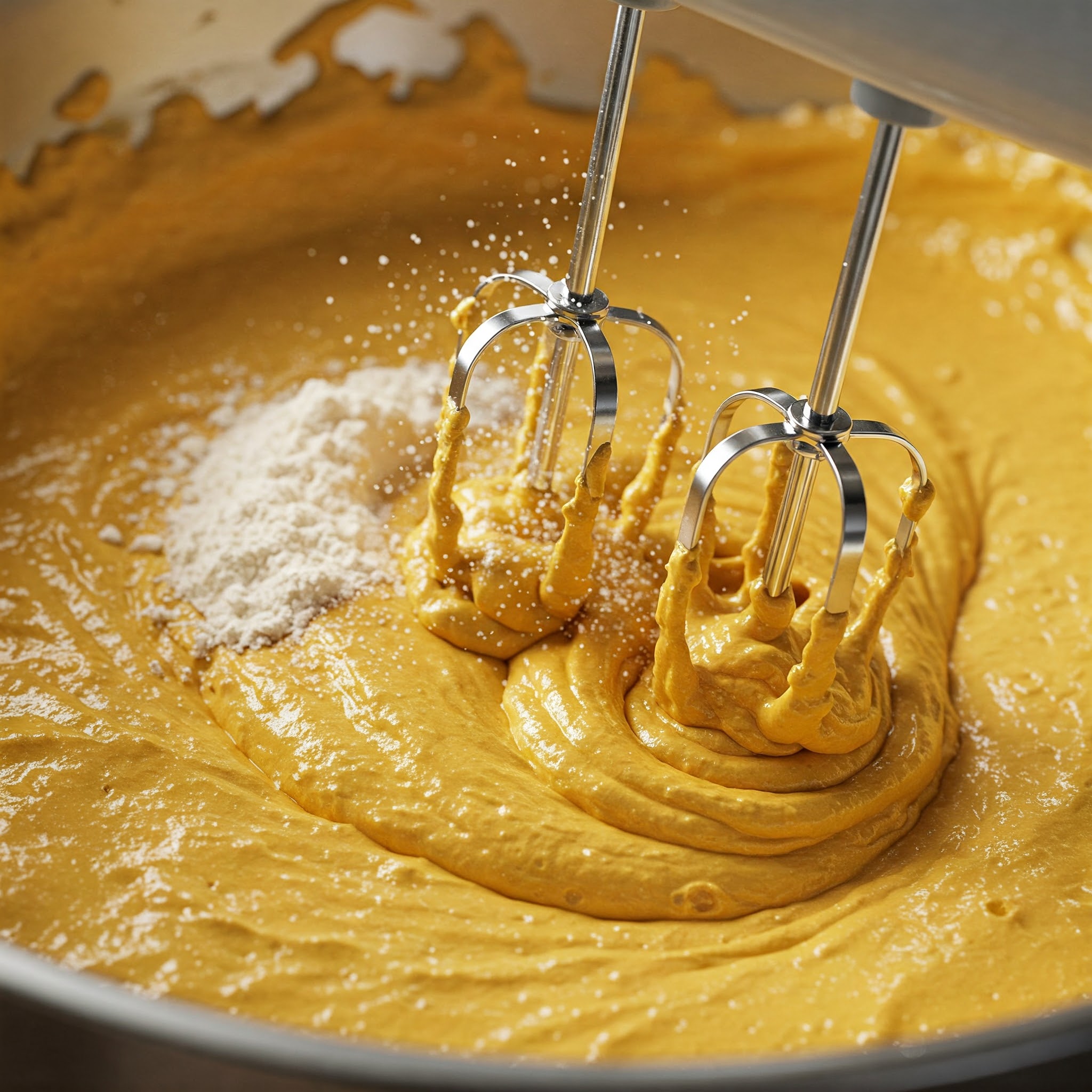While the art of cake baking often seems like a matter of intuition and creativity, there is a fascinating scientific basis that underpins every step of the process. From the chemical reactions that make the cake rise to the complex interplay of flavors, understanding the science behind cake perfection can elevate your baking skills and lead to even more delicious results.
Let’s delve into the world of delicious chemistry and explore the scientific principles that transform simple ingredients into confectionery masterpieces.
The Magic of Rising: Chemical Reactions in Action
The rising of a cake is a scientific marvel in itself. Leavening agents, such as baking powder and baking soda, play a crucial role in this process.
- Baking Powder: This agent contains a mixture of an acid (such as cream of tartar) and sodium bicarbonate. When baking powder is mixed with liquid ingredients, the acid reacts with the sodium bicarbonate, producing carbon dioxide gas. These gas bubbles become trapped in the batter, causing it to expand and creating a light and fluffy texture.
- Baking Soda: This agent requires an additional acidic ingredient, such as buttermilk, yogurt, or lemon juice, to activate the production of carbon dioxide. The reaction is faster than with baking powder, so it’s important to get the cake into the oven promptly after mixing.
The heat of the oven also contributes to the cake’s rise. The heat causes the gas bubbles to expand further, and it also helps to coagulate the egg proteins and gelatinize the starch in the flour, giving the cake its structure.
The Interaction of Ingredients: A Molecular Dance
Each ingredient in a cake plays a specific role, and the way these ingredients interact at a molecular level determines the final outcome.
- Flour: Flour provides the structure of the cake. The gluten proteins in flour form a network that traps the gas and gives the cake its shape.
- Sugar: Sugar contributes to sweetness, but it also affects the texture of the cake. Sugar helps to tenderize the gluten, resulting in a softer cake. It also helps to retain moisture, keeping the cake moist.
- Fat (Butter or Oil): Fat contributes to the richness and moisture of the cake. Fat also helps to tenderize the gluten, resulting in a softer cake.
- Eggs: Eggs provide structure, moisture, and richness. The proteins in eggs coagulate with heat, giving the cake its structure. The egg yolks also contain fat, which contributes to richness and moisture.
- Liquids (Milk, Water, etc.): Liquids hydrate the flour and activate the leavening agents. They also help to distribute the other ingredients evenly.
The way these ingredients are mixed also affects the final result. Overmixing can develop too much gluten, resulting in a tough cake. Undermixing can result in a cake with an uneven texture.
The Symphony of Flavors: A Complex Chemistry
The flavors in a cake are the result of a complex interplay of chemical compounds. The heat of the oven causes these compounds to react and transform, creating new flavors and aromas.
- Maillard Reaction: This reaction occurs between sugars and proteins, creating toasted and caramelized flavors and aromas. It is responsible for the golden-brown color of the cake’s crust.
- Caramelization: This process occurs when sugar is heated to high temperatures, creating rich and sweet flavors and aromas.
- Volatile Compounds: These compounds are released during baking, creating the delicious aromas that fill the kitchen.
The choice of ingredients also affects the flavor profile of the cake. The addition of spices, extracts, and fruits can create an endless variety of flavors.
The Science of Perfection: Tips for a Delicious Cake
Understanding the science behind baking can help you create perfect cakes every time. Here are some tips based on scientific principles:
- Measure ingredients accurately: The correct ratio of ingredients is crucial for the success of the cake.
- Don’t overmix the batter: Overmixing can develop too much gluten, resulting in a tough cake.
- Preheat the oven: A preheated oven ensures that the cake rises evenly.
- Don’t open the oven door too frequently: Opening the oven door can cause the temperature to drop, which can make the cake sink.
- Use the toothpick test: Insert a toothpick into the center of the cake. If it comes out clean, the cake is done.
By understanding the science behind baking, you can become a better baker and create delicious cakes that are both a work of art and a scientific feat.
